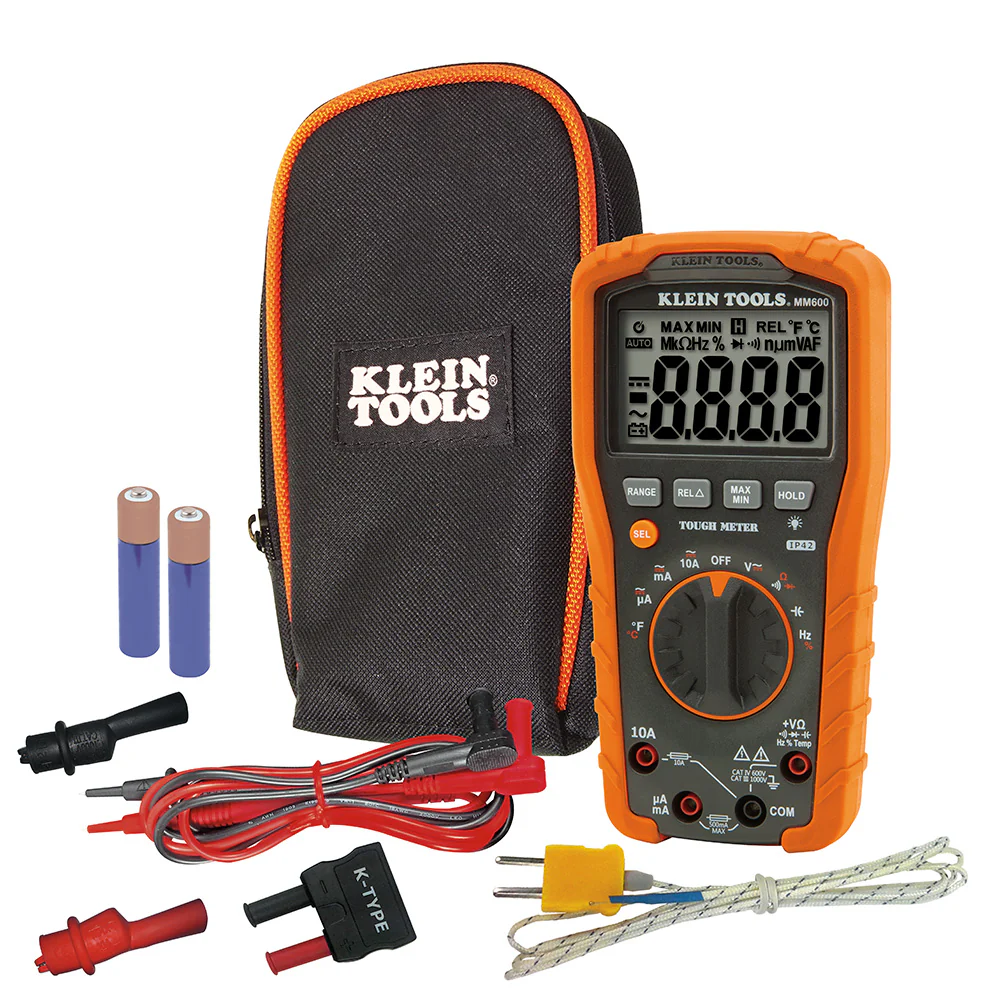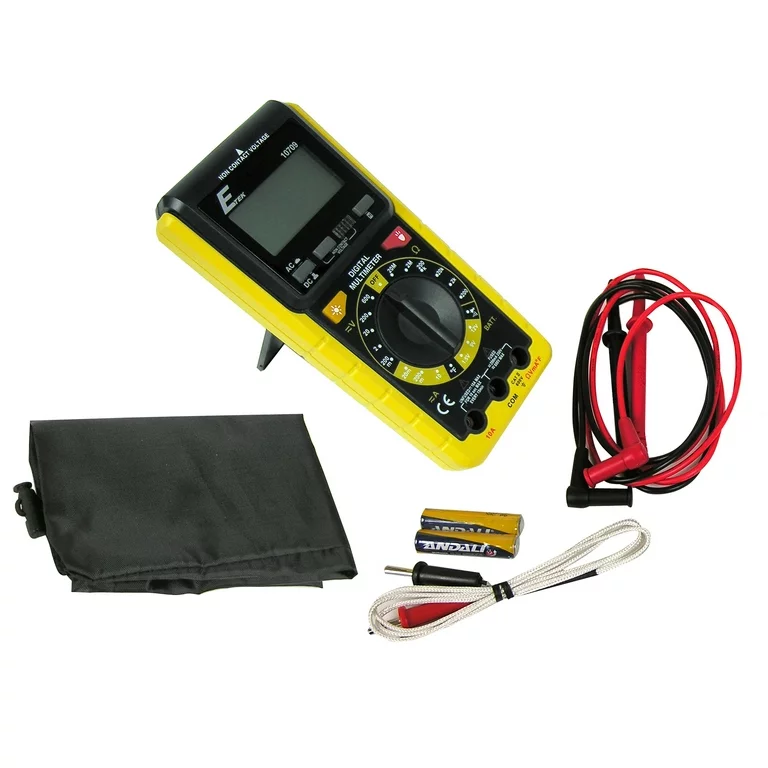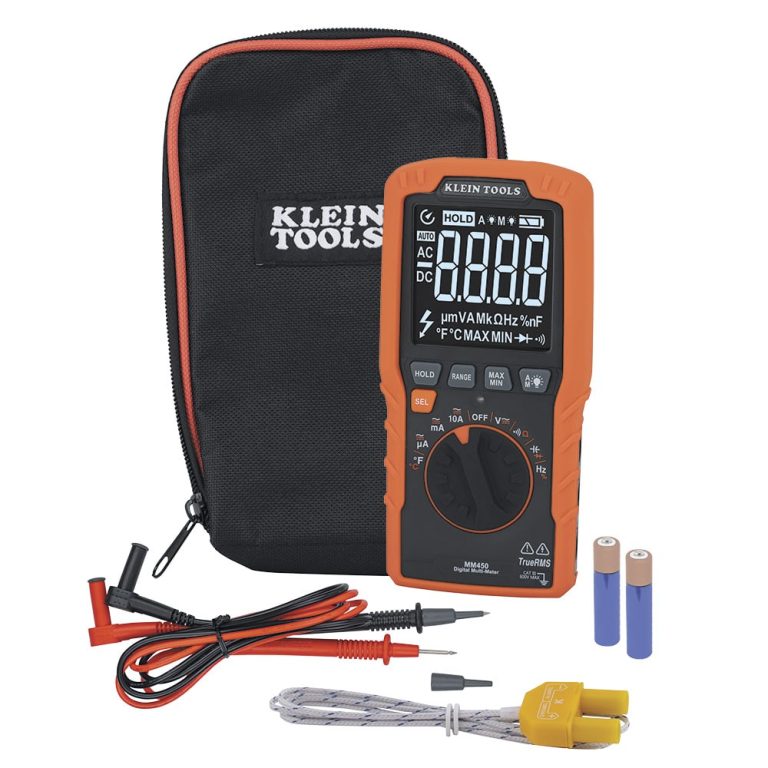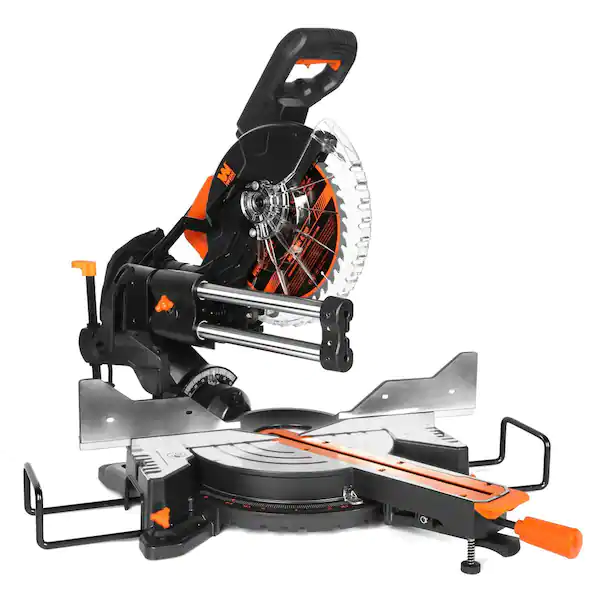
What is a Multimeter: An Essential Tool for Electrical Measurement
Understanding the Multimeter: An Essential Tool for Electrical Measurement
A multimeter stands as an indispensable instrument in the world of electronics and electrical systems. This versatile device combines several measurement functions into a single unit, allowing users to measure voltage, current, and resistance with ease. From professional electricians to DIY enthusiasts, the multimeter serves as a go-to tool for diagnosing electrical issues, testing components, and ensuring safety in electrical work. Understanding the capabilities and functions of a multimeter opens up a world of possibilities for anyone working with electrical systems, making it an essential part of any toolbox.
The Basics of Multimeter Functionality
At its core, a multimeter performs three primary functions: measuring voltage (voltmeter), current (ammeter), and resistance (ohmmeter). These capabilities allow users to test batteries, check for continuity in circuits, and diagnose a wide range of electrical problems. Modern digital multimeters often include additional features such as capacitance measurement, frequency testing, and temperature sensing. The device typically consists of a display screen, a selection dial or buttons to choose the measurement function, and two probe leads for connecting to the circuit or component being tested. By combining these functions into a single, portable device, multimeters provide a convenient and efficient way to gather crucial electrical information in various settings.
Types of Multimeters: Analog vs. Digital
Multimeters come in two main types: analog and digital. Analog multimeters use a moving needle display to show readings, while digital multimeters (DMMs) provide numerical readings on an LCD screen. Analog multimeters, though less common today, offer advantages in observing changing values and trends. Digital multimeters, on the other hand, provide more precise readings and often include additional features like data hold and auto-ranging. DMMs have become the standard choice for most users due to their ease of use, accuracy, and ability to measure a wider range of values. Some high-end digital multimeters even offer computer connectivity for data logging and analysis, making them valuable tools in professional and research environments.
Key Components of a Multimeter
A typical multimeter consists of several key components that work together to provide accurate measurements. The display screen shows the measured values, often with additional information like measurement units and battery life. The selection dial or buttons allow users to choose the desired measurement function and range. Probe leads, usually one red and one black, connect the multimeter to the circuit or component being tested. Many multimeters also include internal fuses to protect against overcurrent situations. Some models feature a backlit display for easy reading in low-light conditions. Advanced multimeters may include additional ports for specific functions like high current measurement or temperature probes. Understanding these components helps users operate the device efficiently and safely.
Measuring Voltage with a Multimeter
One of the most common uses of a multimeter is measuring voltage. Multimeters can measure both AC (alternating current) and DC (direct current) voltage. To measure voltage, users set the multimeter to the voltage function and select the appropriate range. The black probe typically connects to the COM (common) port, while the red probe connects to the voltage input port. For DC voltage measurements, the red probe connects to the positive point and the black to the negative or ground.
When measuring AC voltage, the orientation of the probes doesn’t matter. Multimeters measure voltage in parallel with the circuit, allowing for safe measurement without interrupting the current flow. This capability makes multimeters invaluable for testing batteries, checking power supplies, and troubleshooting electrical circuits in various applications.
Current Measurement Using a Multimeter
Measuring current with a multimeter requires a different approach compared to voltage measurement. The multimeter must be connected in series with the circuit, which means the circuit must be opened, and the meter inserted into the path of the current flow. Most multimeters can measure both AC and DC current. To measure current, users set the multimeter to the current function and select the appropriate range.
The probes connect to the COM port and the current input port, which often has a separate port for high current measurements. It’s crucial to start with the highest range when measuring unknown currents to protect the meter and ensure safety. Current measurement helps in diagnosing issues like short circuits, identifying power consumption of devices, and verifying the proper operation of electrical components.

Resistance Measurement and Continuity Testing
Multimeters excel at measuring resistance, which is crucial for testing components like resistors and verifying circuit connections. To measure resistance, the multimeter sends a small current through the component and measures the voltage drop to calculate the resistance. Users set the multimeter to the resistance function (usually denoted by the Ω symbol) and connect the probes to the component. It’s essential to ensure the circuit is de-energized before measuring resistance to prevent damage to the multimeter.
Many multimeters also include a continuity test function, which emits a beep when a low resistance path is detected. This feature proves invaluable for quickly checking for short circuits, verifying connections in wiring, and testing fuses. The ability to measure resistance allows users to identify faulty components, check the integrity of connections, and troubleshoot complex circuits effectively.
Advanced Multimeter Functions
Modern multimeters often include a range of advanced functions beyond the basic voltage, current, and resistance measurements. Capacitance measurement allows users to test capacitors, crucial for electronics work. Frequency measurement helps in testing oscillators and verifying AC power quality. Some multimeters can measure temperature using thermocouple probes, useful in HVAC and automotive applications. Diode testing functions help verify the operation of semiconductors.
Advanced models may include features like True RMS measurement for accurate readings of non-sinusoidal waveforms, data logging capabilities, and even wireless connectivity for remote monitoring. These additional functions expand the versatility of the multimeter, making it an even more powerful tool for professionals and hobbyists alike in a wide range of electrical and electronic applications.
Safety Considerations When Using a Multimeter
Safety stands paramount when working with electrical systems, and proper use of a multimeter plays a crucial role in ensuring user safety. Users should always select a multimeter rated for the voltage and current levels they intend to measure. Inspecting the multimeter and its probes for damage before each use prevents accidents caused by faulty equipment. When measuring high voltages, using only one hand to manipulate the probes reduces the risk of electrical shock.
Starting with the highest range setting when measuring unknown voltages protects both the user and the multimeter. Many multimeters include safety features like fused inputs and overvoltage protection. Understanding and following proper measurement techniques, such as measuring voltage in parallel and current in series, prevents damage to the multimeter and ensures accurate readings. By prioritizing safety and following best practices, users can confidently use their multimeter to diagnose and solve electrical problems.
Choosing the Right Multimeter for Your Needs
Selecting the appropriate multimeter depends on the intended use, required accuracy, and budget. For basic household electrical work, a simple digital multimeter with voltage, current, and resistance measurement capabilities often suffices. Electronics hobbyists might prefer a multimeter with additional functions like capacitance and frequency measurement. Professional electricians and engineers typically require high-accuracy multimeters with advanced safety features and durability for field use.
Factors to consider include the maximum voltage and current ranges needed, desired accuracy, and additional features like data logging or computer connectivity. True RMS capability proves important for accurately measuring non-sinusoidal AC waveforms. For work in low-light conditions, a backlit display offers added convenience. By carefully considering these factors and reading reviews, users can select a multimeter that best fits their specific needs and applications.

Maintaining and Calibrating Your Multimeter
Proper maintenance ensures the longevity and accuracy of a multimeter. Storing the device in a clean, dry place, preferably in a protective case, prevents physical damage and exposure to harsh environments. Regularly inspecting the probe leads for wear or damage and replacing them when necessary maintains measurement accuracy and safety. Cleaning the multimeter with a soft, dry cloth keeps it in good condition, avoiding the use of solvents or abrasives that could damage the device.
For battery-powered multimeters, removing the batteries during long periods of disuse prevents damage from battery leakage. Periodic calibration ensures the multimeter maintains its accuracy over time. While some users may perform basic calibration at home using known reference values, professional calibration services provide certified accuracy for critical applications. By properly maintaining and calibrating their multimeter, users can rely on accurate measurements for years to come.
Conclusion
The multimeter stands as a testament to the ingenuity of electrical measurement technology, combining multiple functions into a single, portable device. Its ability to measure voltage, current, and resistance makes it an invaluable tool for anyone working with electrical systems, from simple household repairs to complex electronic design. The evolution from analog to digital multimeters has increased accuracy and ease of use, while additional features in modern models expand their capabilities even further.
By understanding the functions, proper use, and maintenance of a multimeter. Users unlock its full potential as a diagnostic and measurement tool. Whether troubleshooting a faulty appliance. Designing a new circuit, or ensuring the safety of an electrical installation, the multimeter proves indispensable. As technology continues to advance, multimeters will likely incorporate even more features and connectivity options, further cementing their place as an essential tool in the electrical and electronic fields. For professionals and hobbyists alike, mastering the use of a multimeter opens up a world of possibilities in understanding and working with electrical systems.



